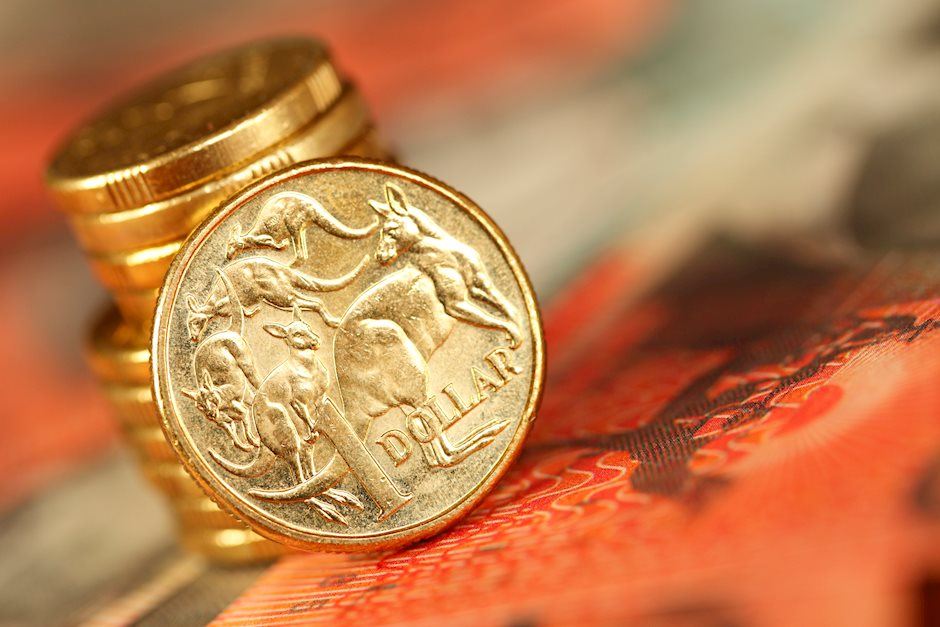AUD/USD gathers strength to near 0.6550 on weaker US Dollar
- AUD/USD edges higher to 0.6540 in Monday’s early Asian session, up 0.66% on the day.
- The US S&P Global Composite PMI climbed to 55.3 in November's flash estimate vs. 54.1 prior.
- Australia’s flash Judo Bank Composite PMI surprisingly contracted in November.

The AUD/USD pair attracts some buyers to near 0.6540 during the early Asian session on Monday. The US Dollar Index (DXY) declines slightly after reaching a new two-year high despite the strong US S&P Purchasing Managers Index (PMI) data. Later on Monday, the US Chicago Fed National Activity Index for October and the Dallas Fed Manufacturing Business Index for November will be released.
The upbeat US November PMI failed to boost the Greenback. Data released by S&P Global showed on Friday that the US S&P Global Composite PMI climbed to 55.3 in November's flash estimate from 54.1 in October. Meanwhile, the Manufacturing PMI improved to 48.8 in November versus 48.5 in October but remains in contraction. The Services PMI rose to 57.0 in November from 55.0 in the previous reading, beating the estimation of 55.3.
However, the rising expectation of less aggressive rate reductions from the Federal Reserve (Fed) might support the USD. Futures traders are now pricing in 50.9% odds that the Fed will cut rates by a quarter point, down from around 69.5% a month ago, according to data from the CME FedWatch Tool.
On the Aussie front, the Australian flash Judo Bank Composite PMI surprisingly contracted in November, falling to 49.4 in November versus 50.2 prior. A figure below the 50.0 threshold is considered a contraction in economic activities. The Manufacturing PMI improved to 49.4 in November from 47.3 in October, while the Services PMI eased to 49.6 in November from the previous reading of 51.0.
Australian Dollar FAQs
One of the most significant factors for the Australian Dollar (AUD) is the level of interest rates set by the Reserve Bank of Australia (RBA). Because Australia is a resource-rich country another key driver is the price of its biggest export, Iron Ore. The health of the Chinese economy, its largest trading partner, is a factor, as well as inflation in Australia, its growth rate and Trade Balance. Market sentiment – whether investors are taking on more risky assets (risk-on) or seeking safe-havens (risk-off) – is also a factor, with risk-on positive for AUD.
The Reserve Bank of Australia (RBA) influences the Australian Dollar (AUD) by setting the level of interest rates that Australian banks can lend to each other. This influences the level of interest rates in the economy as a whole. The main goal of the RBA is to maintain a stable inflation rate of 2-3% by adjusting interest rates up or down. Relatively high interest rates compared to other major central banks support the AUD, and the opposite for relatively low. The RBA can also use quantitative easing and tightening to influence credit conditions, with the former AUD-negative and the latter AUD-positive.
China is Australia’s largest trading partner so the health of the Chinese economy is a major influence on the value of the Australian Dollar (AUD). When the Chinese economy is doing well it purchases more raw materials, goods and services from Australia, lifting demand for the AUD, and pushing up its value. The opposite is the case when the Chinese economy is not growing as fast as expected. Positive or negative surprises in Chinese growth data, therefore, often have a direct impact on the Australian Dollar and its pairs.
Iron Ore is Australia’s largest export, accounting for $118 billion a year according to data from 2021, with China as its primary destination. The price of Iron Ore, therefore, can be a driver of the Australian Dollar. Generally, if the price of Iron Ore rises, AUD also goes up, as aggregate demand for the currency increases. The opposite is the case if the price of Iron Ore falls. Higher Iron Ore prices also tend to result in a greater likelihood of a positive Trade Balance for Australia, which is also positive of the AUD.
The Trade Balance, which is the difference between what a country earns from its exports versus what it pays for its imports, is another factor that can influence the value of the Australian Dollar. If Australia produces highly sought after exports, then its currency will gain in value purely from the surplus demand created from foreign buyers seeking to purchase its exports versus what it spends to purchase imports. Therefore, a positive net Trade Balance strengthens the AUD, with the opposite effect if the Trade Balance is negative.
Author

Lallalit Srijandorn
FXStreet
Lallalit Srijandorn is a Parisian at heart. She has lived in France since 2019 and now becomes a digital entrepreneur based in Paris and Bangkok.

















